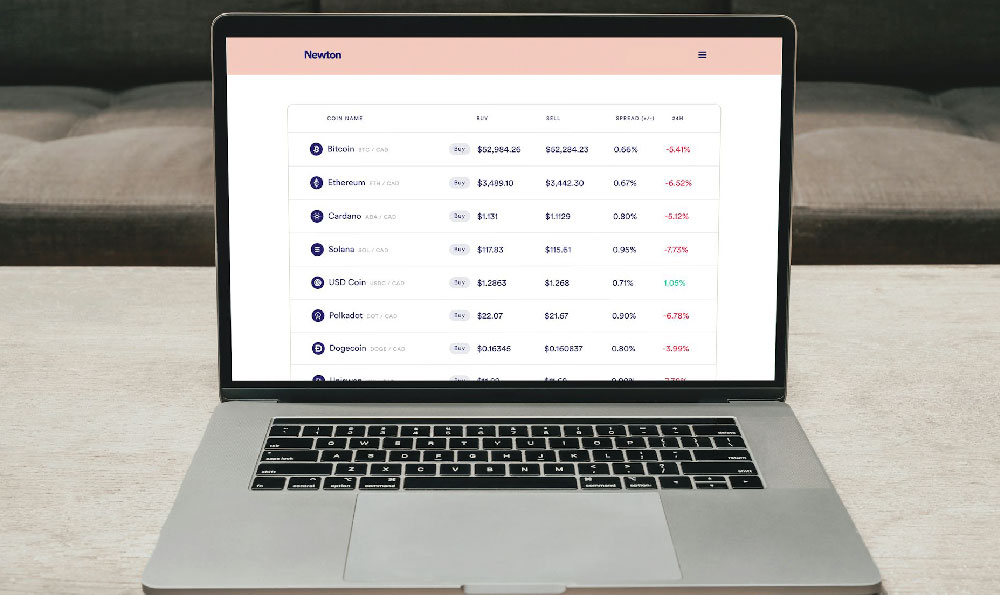Engaging in the pharmaceutical industry offers a unique opportunity to generate substantial returns, but it demands a nuanced understanding of both the market dynamics and regulatory landscape. The sector is characterized by its dual role as a high-stakes, high-reward environment, where profitability hinges on careful navigation of supply chains, compliance with stringent regulations, and strategic alignment with evolving healthcare trends. To succeed in this field, one must recognize that the path to financial success is not merely about selling products but about cultivating expertise in pharmaceuticals, understanding consumer needs, and leveraging technological advancements to streamline operations.
The pharmaceutical market is inherently complex, with products ranging from over-the-counter (OTC) medications to prescription drugs, each governed by distinct regulatory frameworks. For instance, selling prescription medications typically requires licensing and adherence to strict distribution protocols, whereas OTC drugs may involve less regulatory burden but still necessitate knowledge of product liability and marketing regulations. The first step in any such endeavor is to conduct exhaustive market research, analyzing demand patterns across different demographics and geographic regions. Understanding the epidemiological trends, such as the rising prevalence of chronic diseases or the demand for specialty drugs, can help identify niches where there is untapped potential. For example, the global demand for pharmaceuticals in aging populations is projected to grow significantly, driven by conditions like hypertension, diabetes, and Alzheimer's, which require long-term medication management.
A critical factor in pharmaceutical sales is the establishment of a reliable supply chain. This involves sourcing high-quality raw materials, ensuring compliance with Good Manufacturing Practices (GMP) standards, and maintaining efficient logistics to meet demand without incurring unnecessary costs. The role of technology in this context cannot be overstated; digital platforms and automation systems can significantly reduce operational overhead while improving traceability and transparency. For instance, blockchain technology has been increasingly adopted in pharmaceutical supply chains to combat counterfeit drugs and ensure the authenticity of products, thereby building consumer trust and reducing financial losses due to fraud.

In terms of business models, the pharmaceutical industry offers diverse avenues for revenue generation. One might consider partnering with pharmaceutical companies for wholesale distribution, leveraging their established networks to reach retail pharmacies and healthcare providers. Alternatively, establishing an e-commerce platform could allow for direct-to-consumer sales, capitalizing on the growing trend of online healthcare shopping. However, such models require a deep understanding of digital marketing strategies and consumer behavior, as well as compliance with online pharmacy regulations that vary by region. In some countries, operating an online pharmacy requires a license from the national regulatory authority, and failure to comply can result in legal repercussions that far outweigh potential profits.
The importance of brand reputation in pharmaceutical sales is another key consideration. Consumers, especially those dealing with chronic conditions, place immense trust in the brands they choose. Building a strong brand identity involves not only marketing efforts but also ensuring product quality and customer service. For example, a company specializing in generic medications may focus on affordability and accessibility, positioning itself as a cost-effective alternative to brand-name drugs. This approach can attract price-sensitive consumers while maintaining a loyal customer base.
Financial viability in this sector depends on a combination of factors, including the cost of goods sold, pricing strategies, and market competition. The pharmaceutical industry is known for its high research and development (R&D) costs, but once a product is developed, the profitability can be substantial. However, the risk of patent expiration and generic competition is ever-present, which can erode market share and profits. To mitigate this risk, companies may adopt strategies such as diversifying their product portfolio, investing in R&D for new formulations, or entering into partnerships that provide access to proprietary technologies.
In the context of global markets, the pharmaceutical industry presents opportunities for expansion, but it also requires an understanding of international trade regulations and local healthcare policies. For example, while the demand for certain medications may be high in one country, regulatory restrictions or pricing controls could limit the ability to profit from those sales. Conducting thorough due diligence on target markets, including analyzing regulatory environments, competition, and consumer preferences, is essential for any investor or entrepreneur looking to enter this sector.
Ultimately, the pharmaceutical industry offers a compelling opportunity for those who are willing to invest time and resources into understanding its intricacies. Success in this field requires a blend of strategic planning, regulatory compliance, and market insight. By focusing on these elements, individuals can position themselves to thrive in a dynamic and promising market, generating sustainable returns while contributing to the advancement of healthcare solutions.












